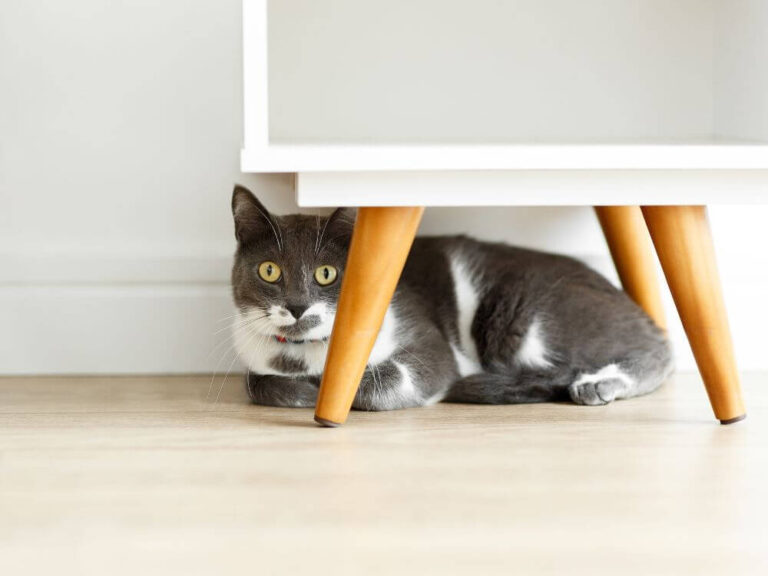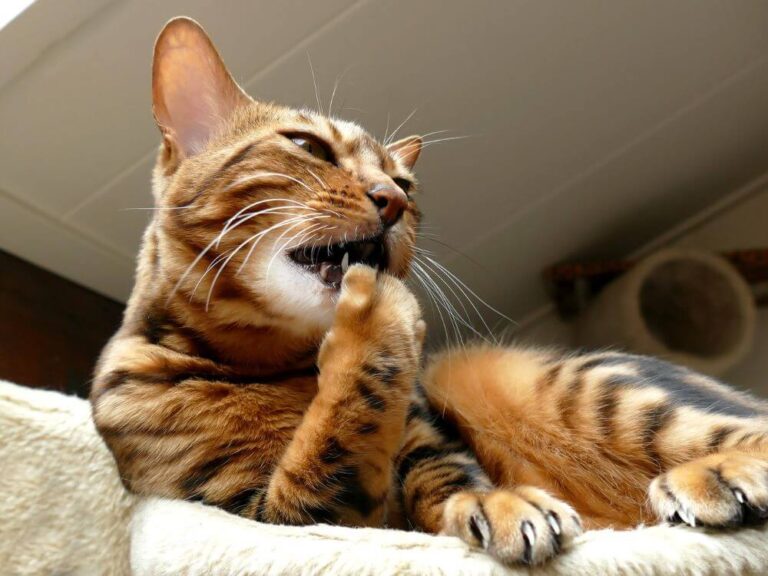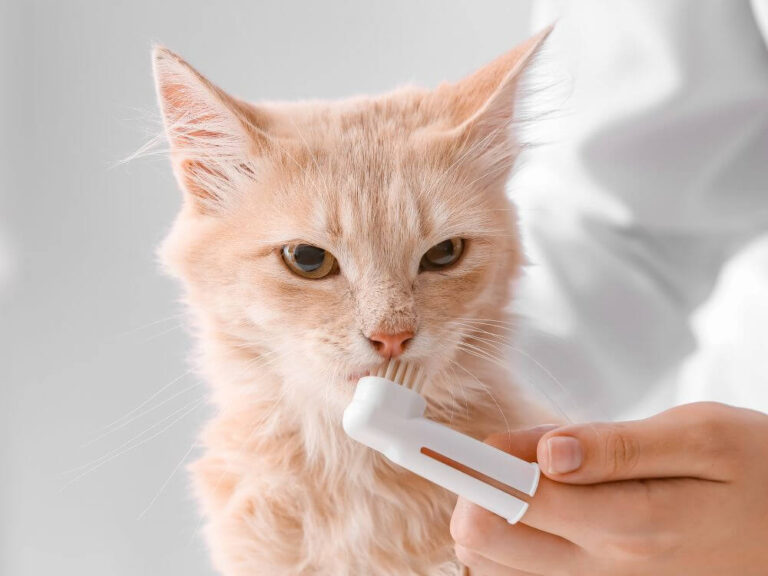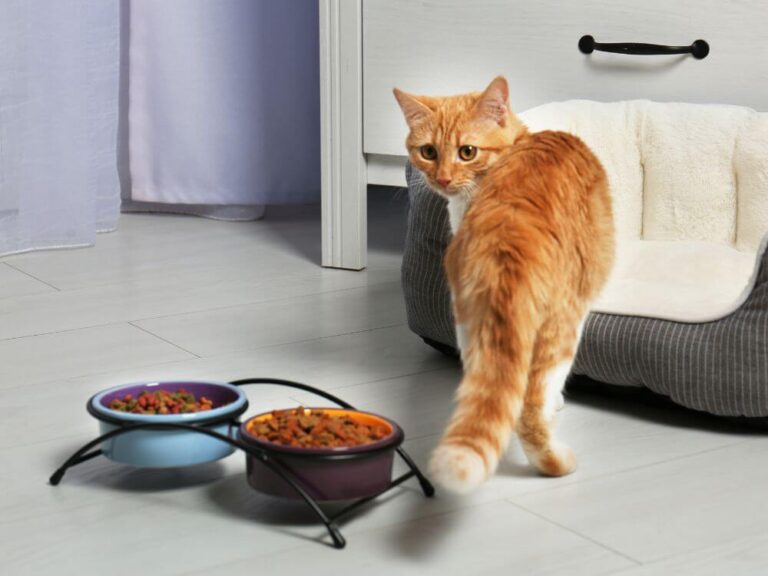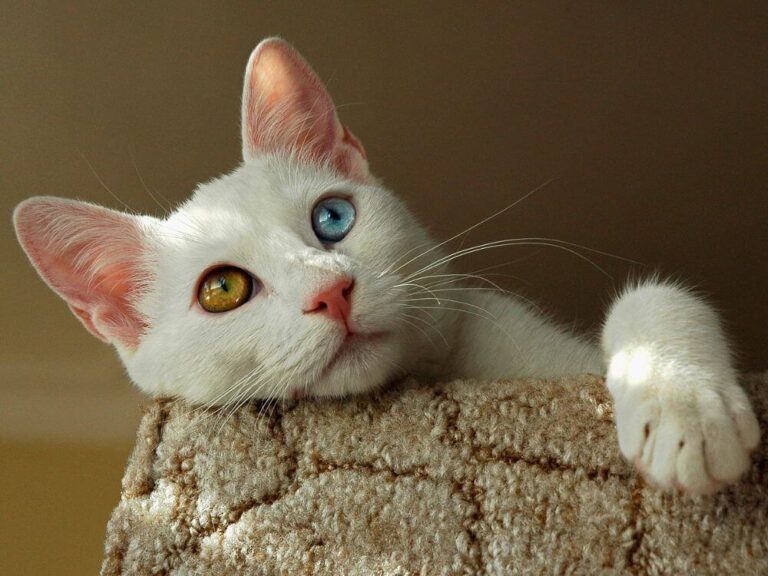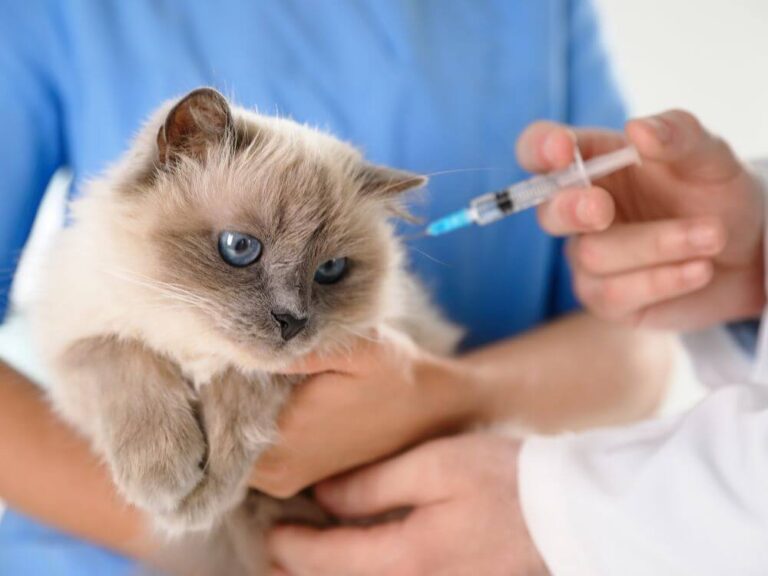Is My Cat Drinking Enough Water? Cat Hydration Guide
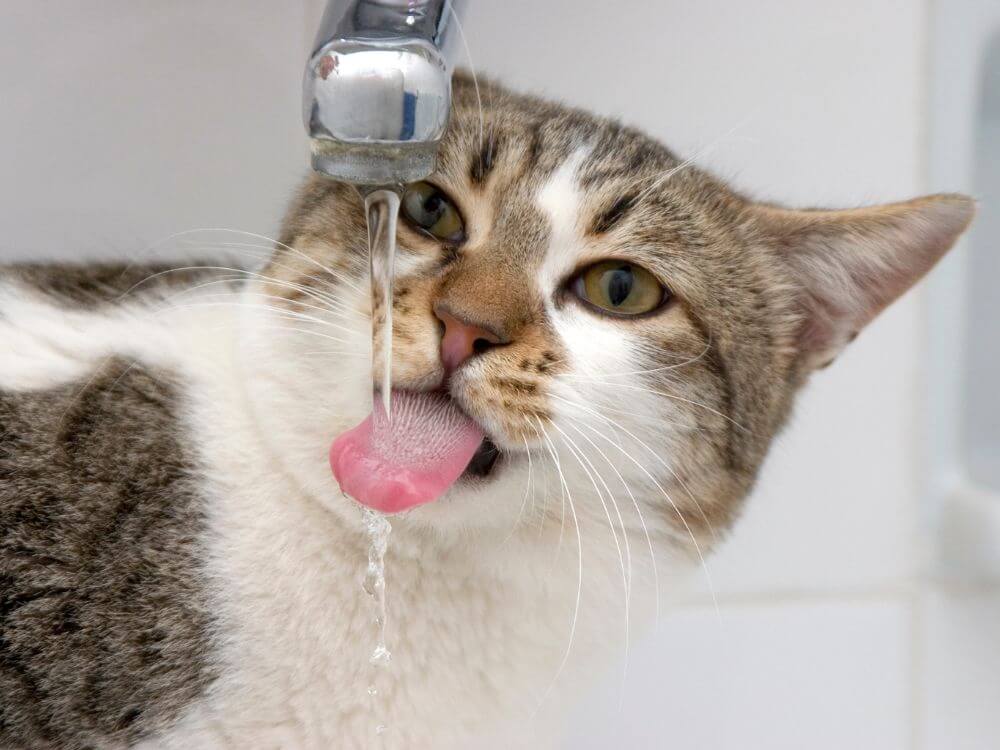
Water is essential to your cat’s health, just like it is for humans. However, many cat owners struggle with the question:
“Is my cat drinking enough water?” Dehydration in cats can lead to serious health issues, including kidney disease and urinary tract infections. This article dives deep into how much water your cat should be drinking, how to spot signs of dehydration, and how to encourage better hydration habits.
Why Proper Hydration Matters for Cats
Water plays a vital role in nearly every bodily function. In cats, hydration supports:
- Kidney function
- Digestion
- Temperature regulation
- Lubrication of joints
- Elimination of toxins
Dehydration in cats can quickly lead to organ dysfunction. Unfortunately, cats are notoriously low drinkers — especially those on dry food diets. Their ancestors were desert animals, so they evolved to get most of their hydration from prey.
How Much Water Should a Cat Drink Daily?
The general rule is that a cat should drink approximately 50–60 milliliters (1.69-2.02 oz) of water per kilogram of body weight per day. This means:
| Cat Weight | Water Intake Per Day |
|---|---|
| 4 kg (8.8 lbs) | 200–240 ml (6.7–8 oz) |
| 5 kg (11 lbs) | 250–300 ml (8.4–10 oz) |
But this can vary based on factors like:
- Diet: Cats on wet food need less water, as canned food is about 70–80% water.
- Activity level: Active cats need more hydration.
- Weather: Hot climates increase water needs.
- Health conditions: Diabetes, kidney issues, or hyperthyroidism can raise water requirements.
Signs Your Cat May Be Dehydrated
Spotting dehydration early is crucial. Look for these signs:
- Lethargy: If your cat seems tired or less playful than usual, dehydration might be the cause.
- Dry Gums: Gently press your cat’s gums. They should be moist and pink. Dry or sticky gums are a warning sign.
- Skin Tenting: Lift the skin at the scruff of the neck. If it doesn’t snap back quickly, your cat may be dehydrated.
- Sunken Eyes: Eyes may appear dull or set deeper into the skull.
- Constipation: Lack of water can slow digestion and result in hard, dry stools.
If you notice any of these symptoms, consult your vet immediately.
How to Encourage Your Cat to Drink More Water
Getting your cat to drink more can be tricky, but there are proven strategies.
1. Switch to Wet Food
Canned food contains a high percentage of water. This alone can double your cat’s fluid intake.
Pro Tip: Mix a little extra water into the wet food to boost hydration further.
2. Offer Multiple Water Bowls
Place bowls in different areas of your home. Cats may drink more if water is readily available in several spots.
3. Try a Cat Water Fountain
Many cats prefer moving water. A pet fountain mimics running water, which can trigger their instinct to drink.
4. Keep the Water Fresh
Cats are picky. Dirty or stale water will often be ignored. Change the water at least once daily.
5. Use Wide, Shallow Bowls
Some cats don’t like their whiskers touching the sides of the bowl. Wide dishes prevent this discomfort.
6. Add Flavor to the Water
Try adding a splash of tuna water (unsalted) or low-sodium chicken broth. Just a tiny amount can make a big difference.
7. Ice Cubes Can Be Fun
Add ice cubes to the water bowl or even flavored cubes made from tuna juice. Many cats enjoy batting them around before licking them.
Understanding Your Cat’s Water Preferences
Cats can be fussy about how and where they drink. Consider these behavioral preferences:
- Location: Keep water bowls away from food bowls and litter boxes. Cats often prefer a dedicated water zone.
- Material: Some cats dislike plastic. Opt for stainless steel, glass, or ceramic bowls.
- Temperature: Some prefer cold water; others like room temperature. Try both and observe which they choose more often.
Should You Be Worried If Your Cat Doesn’t Drink Much?
If your cat is on wet food and seems healthy and energetic, they may already be getting enough fluids. However, if you feed dry kibble only, and your cat rarely drinks water, there may be a risk of chronic dehydration.
It’s also essential to monitor senior cats closely. Older cats are more prone to kidney issues and may need extra help staying hydrated.
How to Monitor Your Cat’s Water Intake
Here are a few easy tricks to track how much water your cat drinks:
- Measure the amount of water you put in their bowl at the start of the day.
- Check how much is left in 24 hours.
- Keep a hydration log, especially if your vet has concerns.
- Use smart pet water fountains that track consumption (optional but helpful).
Want to make tracking your cat’s water intake easier?
Download our free printable Weekly Water Tracker for Cats to monitor your kitty’s hydration and keep them healthy every day!
When to See a Vet
If you suspect your cat is dehydrated or if your cat suddenly starts drinking excessively, a vet visit is essential. These could be symptoms of:
- Kidney disease
- Diabetes
- Urinary tract infections
- Hyperthyroidism
A simple urine or blood test can detect these conditions early.
Prioritize Your Cat’s Hydration Daily
Ensuring your cat drinks enough water can prevent serious health problems down the line. By understanding your cat’s habits and preferences, you can promote a healthier, more hydrated life.
Water isn’t just a basic need — it’s one of the easiest and most powerful ways to keep your feline friend thriving.

